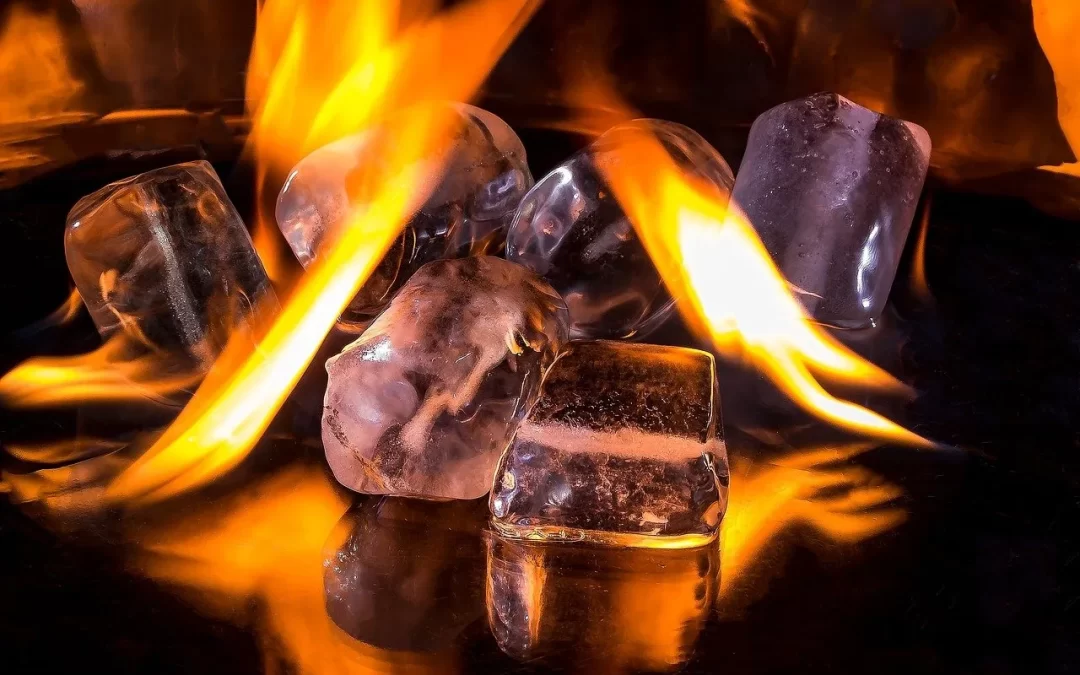How do you explain the states of matter to a child? It’s a difficult concept to master. Even some adults have trouble wrapping their heads around how something can go from solid to liquid to gas with just a few small tweaks in temperature or location.
The best way to teach kids is to have fun, and a science experiment that demonstrates melting points while also incorporating ice — fun! — and food coloring — super fun! — can help illustrate how something changes from one state of matter to another.
Melting points also demonstrate a chemical reaction. Not just any change equals a reaction. For example, an air conditioner cooling off the air in a hot room is not causing a chemical reaction. It’s making a physical change. By contrast, in a chemical reaction, molecules interact, resulting in the change. Atoms may bond, and then those bonds may break to form new molecules.
Is Ice Melting a Chemical or Physical Change
The melting of ice is a physical change when it occurs naturally. But when you speed up the process by using a reactant, such as salt, it becomes a chemical reaction. Here’s an easy experiment you can do with household items — did we mention the food coloring? — that everyone in your home will find enjoyable.
The Ice-Salt Melting Experiment
Supplies
- Bowls of varying different sizes
- Water
- Food coloring
- Spoons
- Salt
- Cups
- Cookie sheets
Directions
First you’ll need to make the ice in the bowls. You can use as many as you prefer, but start with at least three, so your child can see what happens with ice of various sizes. Fill the bowls with water — halfway to the top is fine but again, try to get some varying shapes — and store in the freezer overnight.
The next morning, dump each one out on the cookie sheet, or sheets if you’re using a lot of bowls. For extra protection from mess, put an old towel underneath the sheet. Before you move to the next step, ask your child what they think will happen when the salt is placed on the ice.
Give your child a small bowl of salt. Allow them to sprinkle it on top of the ice domes. Encourage them to use differing amounts on each dome. Try a big scoop on one and a small drizzle on another.
Fill cups with a small amount of water, and then add a few drops of food coloring so you have a red, a green, a blue, etc. Using the spoon, your child can dribble the food coloring over the ice domes, making each one into a colorful mountain.
The food coloring also serves another purpose. It will let your child see where the salt has really melted the ice dome, forming crevices and cracks that become deeper the further the ice melts.
The Takeaway
When your child has “colored” the ice domes to their heart’s delight, revisit your initial question. Did the salt do what they expected it would to the ice? Why did the ice melt faster in the spots where they put the salt? Talk about what a chemical reaction is and why it occurred. Do your best to answer any questions that may arise from the experiment, and remember that it’s okay to Google the answers if your child stumps you.
If your child is interested in these types of experiments they’ll likely enjoy our summer camps and after school programs ! We proudly offer our programs to children across PA, NJ, MD and DE.

